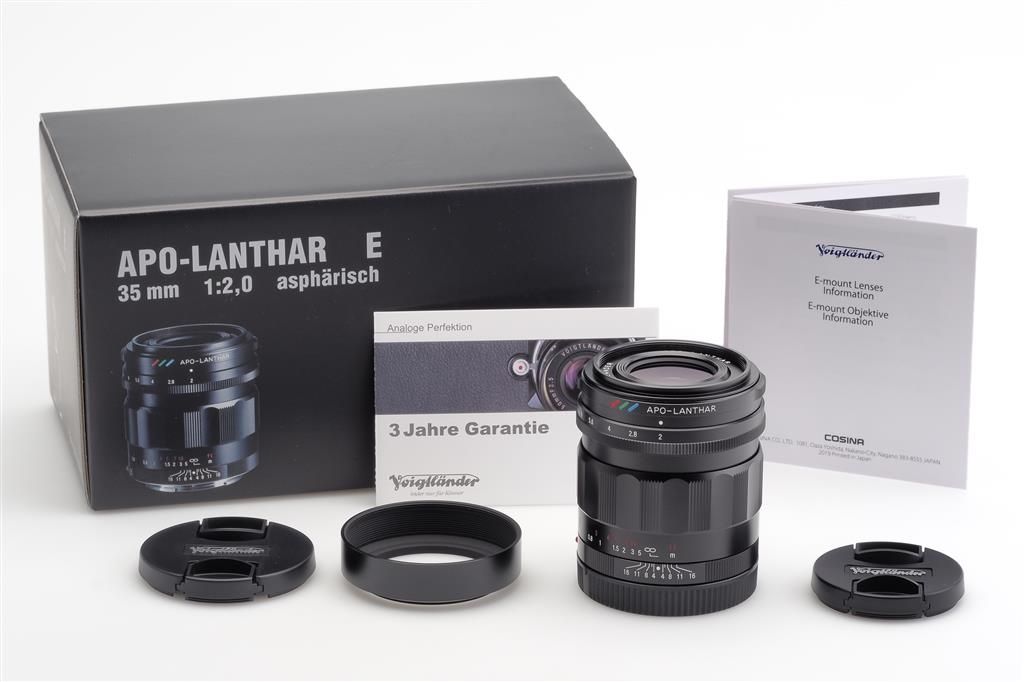
One of the best lenses money can buy are apochromatic lenses. Due to their complex optical design they are exceptionally well corrected in terms of color errors.
In this context, my expectations for the Voigtländer Apo-Lanthar 35 mm f/2.0 were very high.
In cooperation with the Viennese camera store Jo Geier - Mint & Rare, I had the chance to test the lens on my Sony Alpha 7 C mirrorless camera for a couple of weeks.
As one of my favorite focal length, 35 mm offers a very natural visual perspective and is a very good choice for my everyday street- and urban photography.
So I definitely enjoy shooting with 35 mm on the streets and this was exactly what I did with this lens.
Here, I would like to summarize the built and optical quality of the Voigtländer Apo-Lanthar 35 mm f/2.0 underlined with lots of sample images from this very interesting lens.
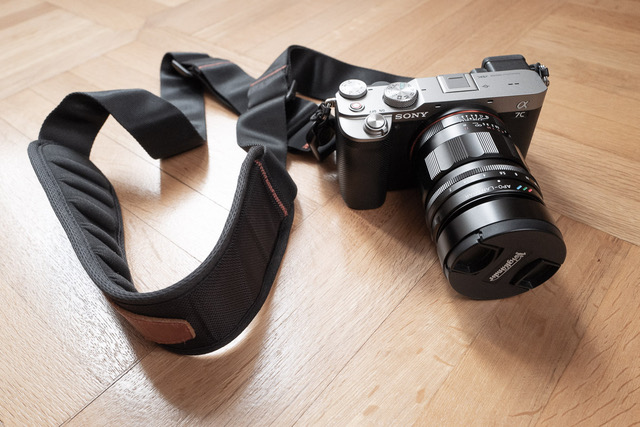
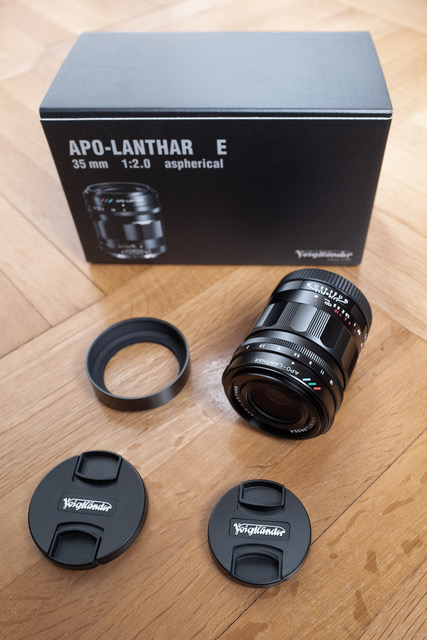
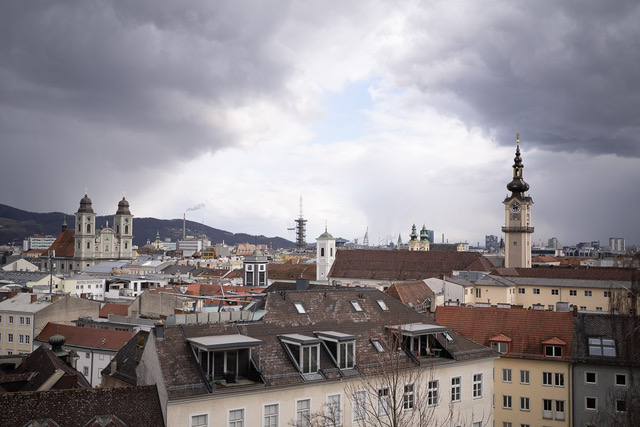
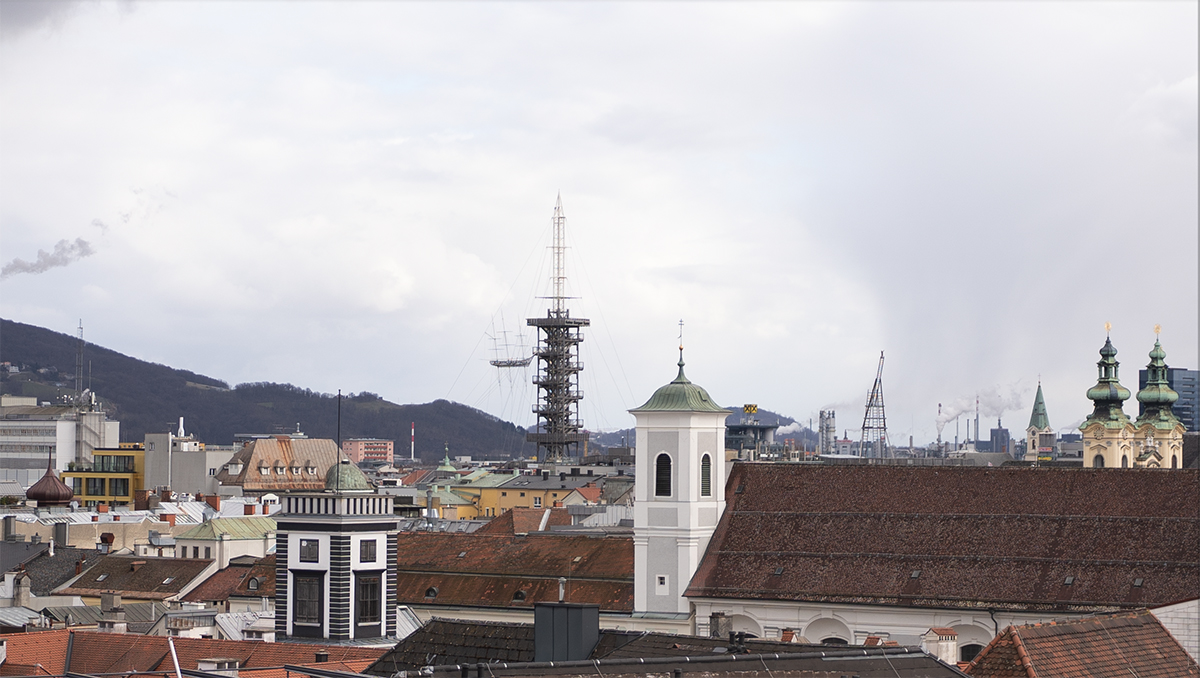
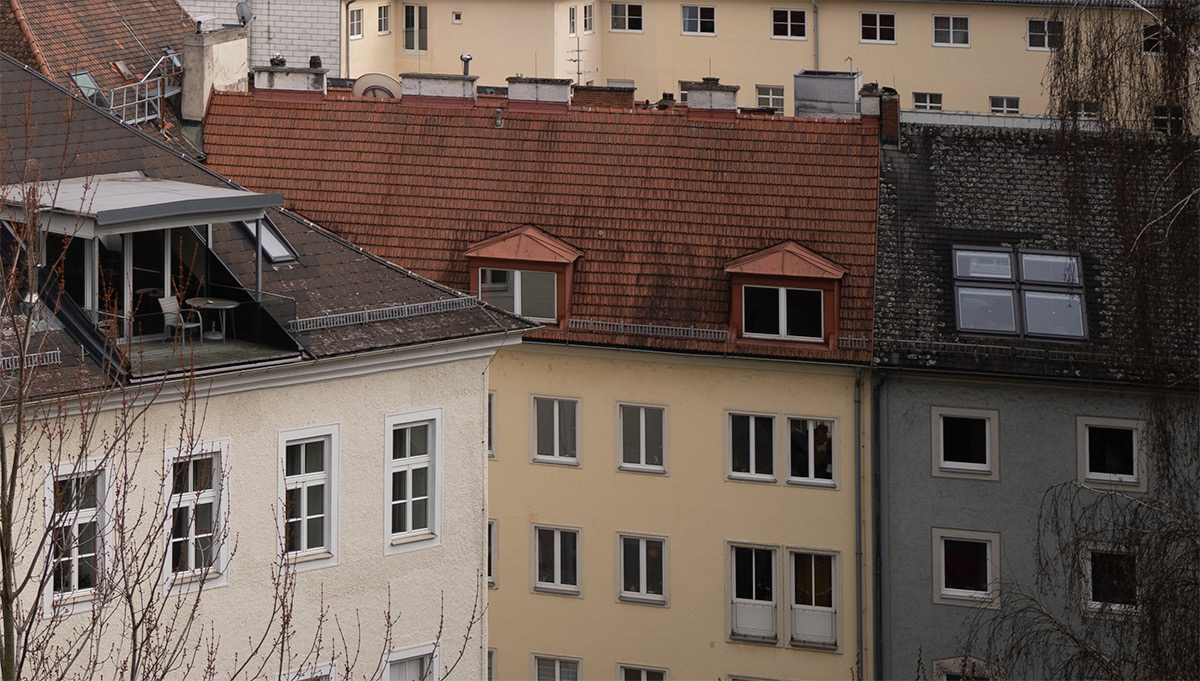
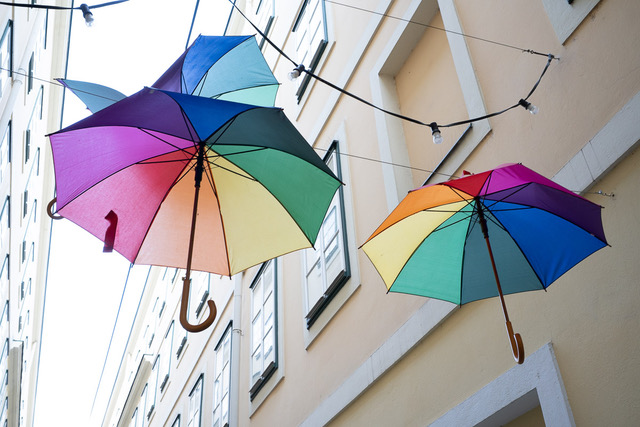
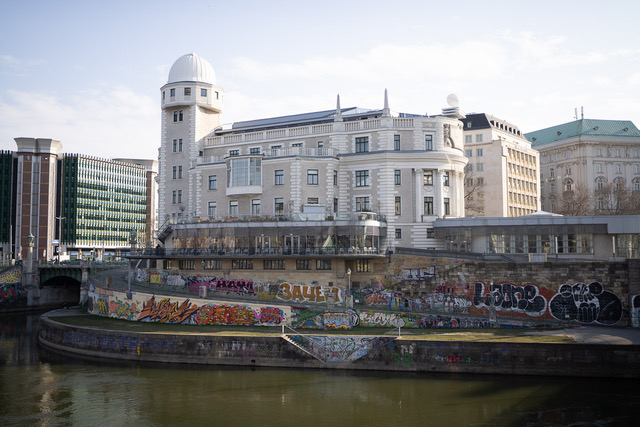
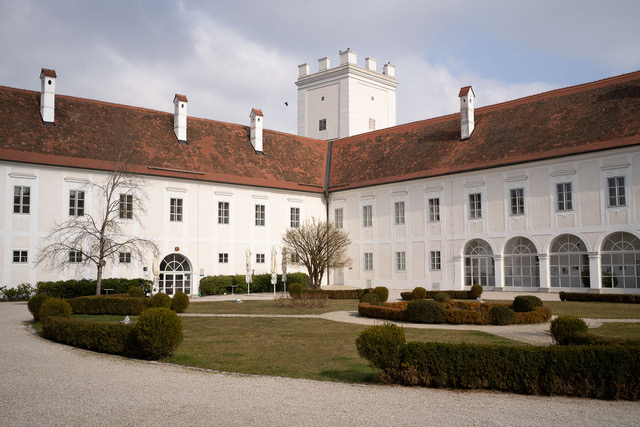
Nice colors and contrast
The natural color look underlines the high quality of the lens and makes it a very nice tool for urban cityscape representation and environmental street portraits.
Besides colors, fast 35 mm lenses are also great tools for showing blurry background areas, so bokeh representation is quite an important property of the lens.
On the following pictures, near and far distance bokeh rendering is shown.
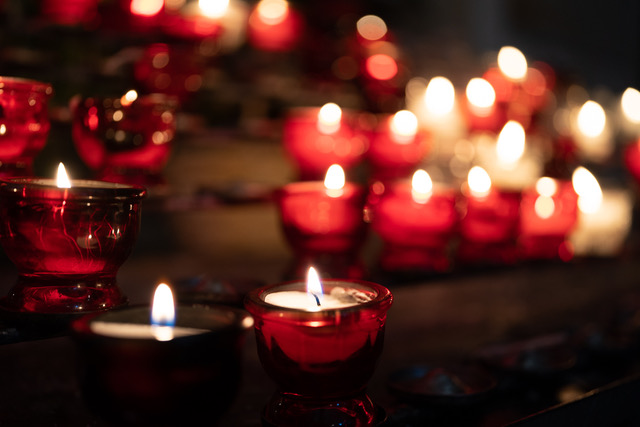
Close distance bokeh
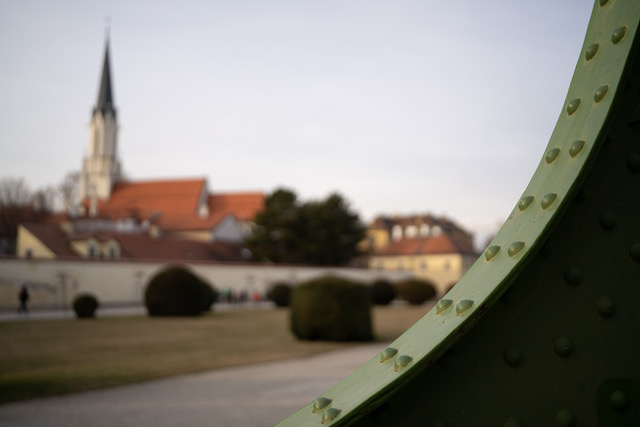
Far distance bokeh
The bokeh is not bad at all, but at the same time not a strength of the lens either.
At both distances, the bokeh does not appear very creamy, but also not too busy, so I would give it an average rating.
Vignetting and Distortion
Wide open at f/2, the Apo-Lanthar shows strong vignetting, however, corner shading is improved when stopped down to f/2.8 and not further noticeable at f/4.
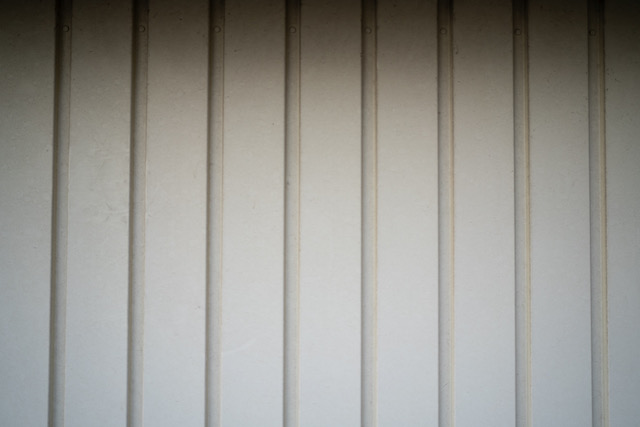
Vignetting at f/2
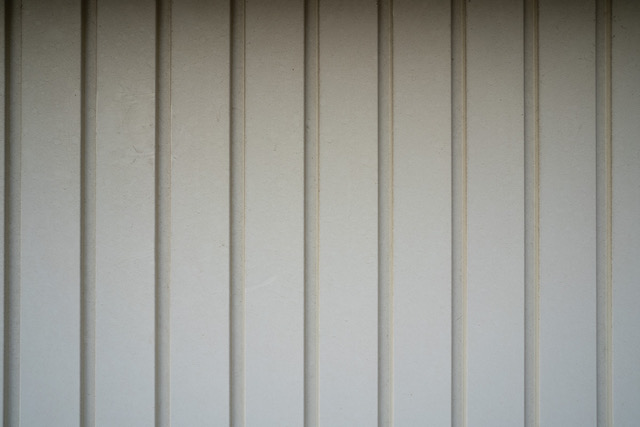
Vignetting at f/4
The lens has almost no distortion, as seen in the following pictures, which show the same image before and after applying the lens correction profile in Lightroom.
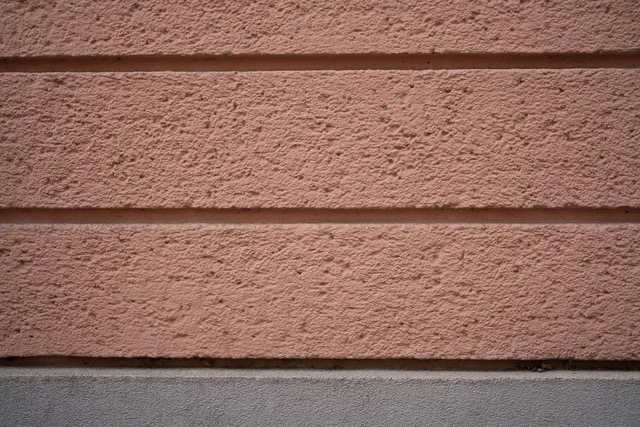
Uncorrected distortion
Corrected distortion in Lightroom
Chromatic Aberration and Backlight
The lens is exceptionally well corrected in terms of chromatic aberration. Even in critical light situations, almost no purple fringing is visible.
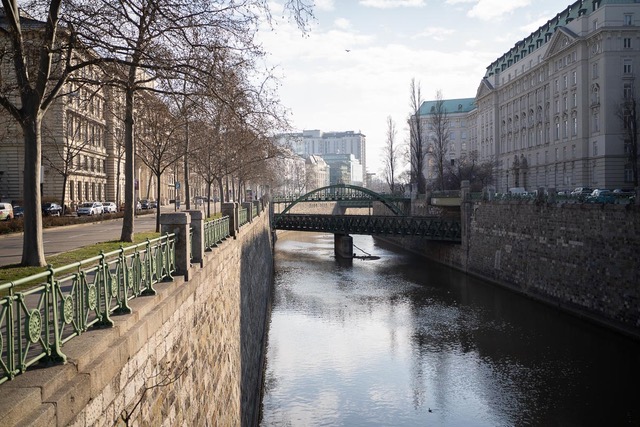
Chromatic aberration - Example picture
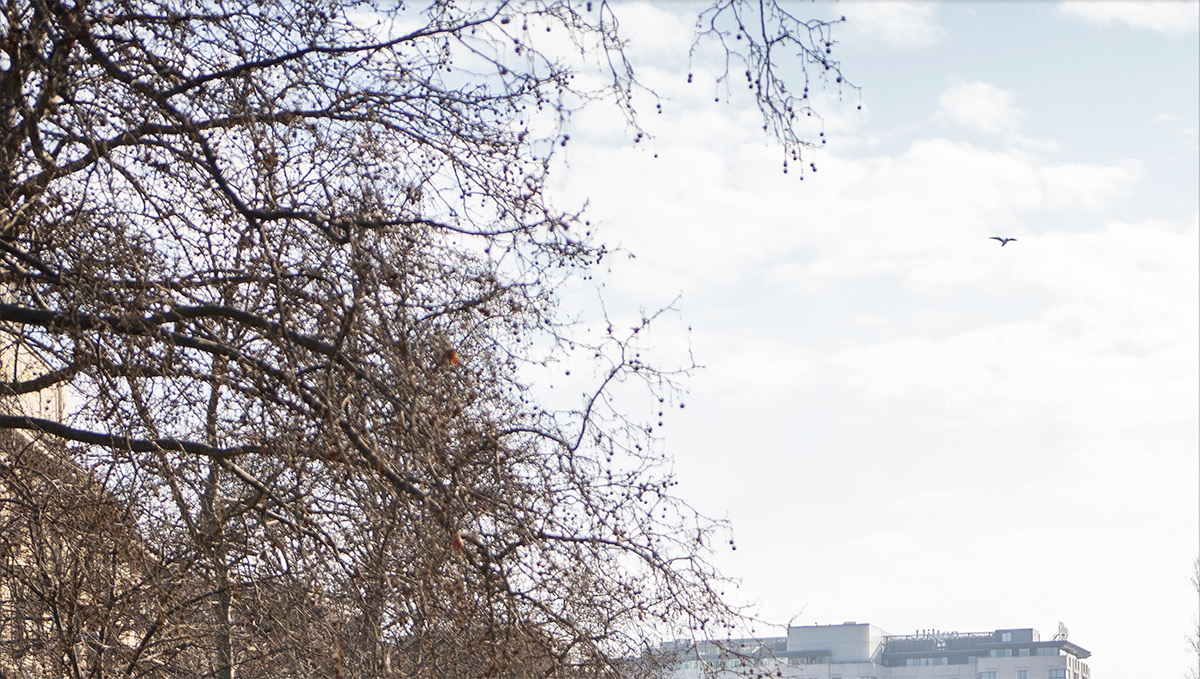
Chromatic aberration - Close Up of critical regions
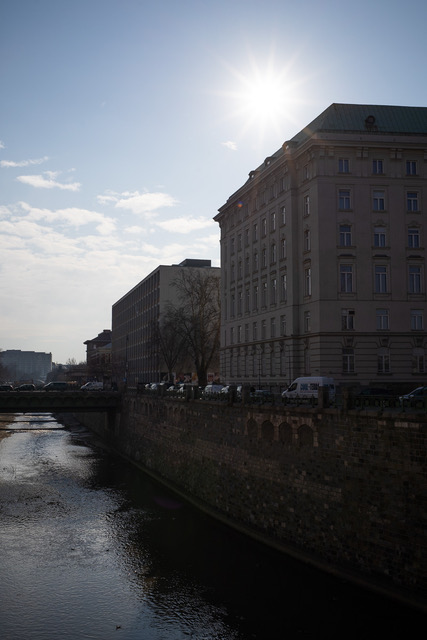
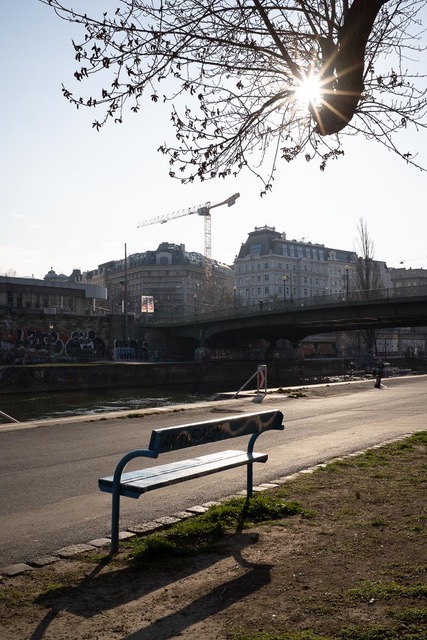
Sunstar at f/11
Conclusion
Overall, the Voigtländer Apo-Lanthar 35 mm f/2.0 is optically one of the best prime lenses that I have tested so far.
Already wide open, sharpness is exceptionally good, in both the center and in the corner regions.
Contrast and color representation on a newer Sony mirrorless camera is beautifully neutral, which I personally enjoy a lot, however, the lens is probably not the first choice, if a very creamy bokeh is desired.
As expected from an apochromatic lens, chromatic aberration and lens flares are very well corrected, but the lens is lacking the typical „Voigtländer sunstars“, which only start to appear stopped down to f/11.
In a nutshell, the lens is clinically perfect, but it somehow misses the character, that other Voigtländer are well known for.
Is this something bad?
I guess not, because the Voigtländer Apo-Lanthar 35 mm f/2.0 shows superior performance in almost every optical parameter and is definitely the best choice for anyone who accepts the best image quality only.





